Disney Research unveils technique to 3D print any object as a speaker
Disney's research company is developing a method for printing electrostatic loudspeakers in any shape – with trials including a rubber duck and a spiral.
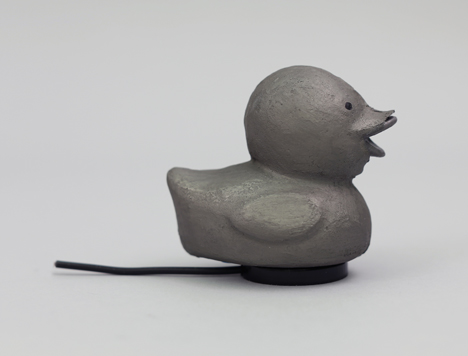
The concept is an evolution of electrostatic speaker technology originally developed in the 1930s, which requires no moving parts to generate sound.
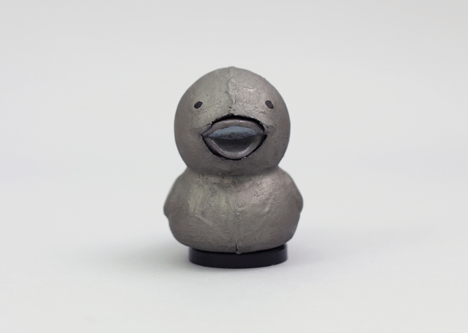
An object can be printed with one of the speakers incorporated into its body, or can be the speaker itself. It could also be printed to incorporate multiple speaker electrodes in various arrangements, creating possibilities for objects that generate sound in varied directions, explained the researchers.
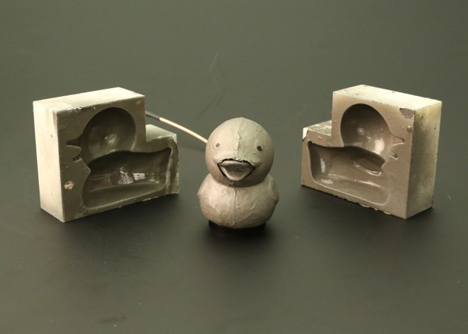
"The speaker can take the shape of anything from an abstract spiral to a rubber duck, opening new opportunities in product design," said Disney Research.
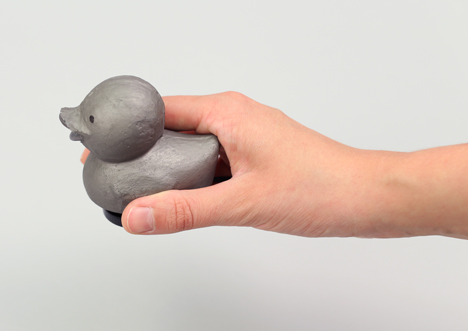
To create the speakers, an electrode plate and a thin diaphragm are 3D printed, with some of the more complicated diaphragms cast in a negative mould also created using 3D printing. These are coated with nickel-based conductive spray paint and a polythene coating and assembled with a layer of air in between the two.
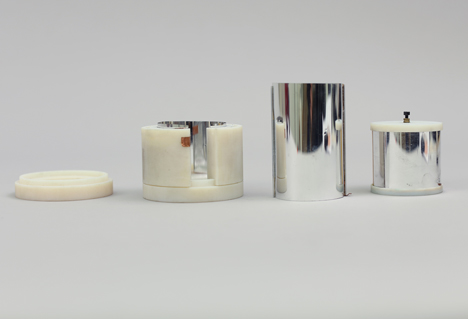
"An audio signal is amplified to high voltage and applied to the electrode; as the electrode charges, an electrostatic force develops between it and the diaphragm, causing the diaphragm to deform and produce sound as the audio signal changes," explained the Disney Research team in a statement.
"This type of speaker has relatively little bass response, but does a good job of producing high-frequency sounds, such as chirping birds, computer-generated blips and even the human voice. Sound reproduction of up to 60 decibels is possible – an appropriate level for small objects."
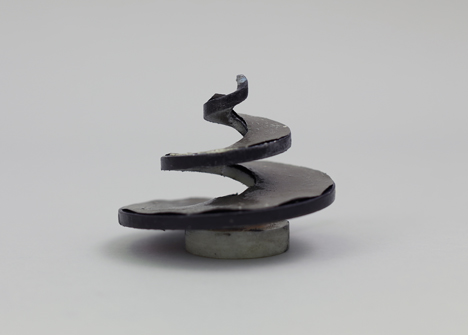
The speakers can be held and touched without affecting the sound quality. They can also produce non-audible sound, which the developers say offers potential applications for creating trackable 3D objects for gaming and other interactive systems.
At the moment, the speakers require an element of human assembly, but the team expects this to be eliminated as 3D printing technology evolves.
"In the near future 3D printers capable of printing with conductive materials will become commonplace, and the vision of printing functional speakers embedded into objects with no human involvement will become the reality," said Yoshio Ishiguro and Ivan Poupyrev, the lead researchers on the project.